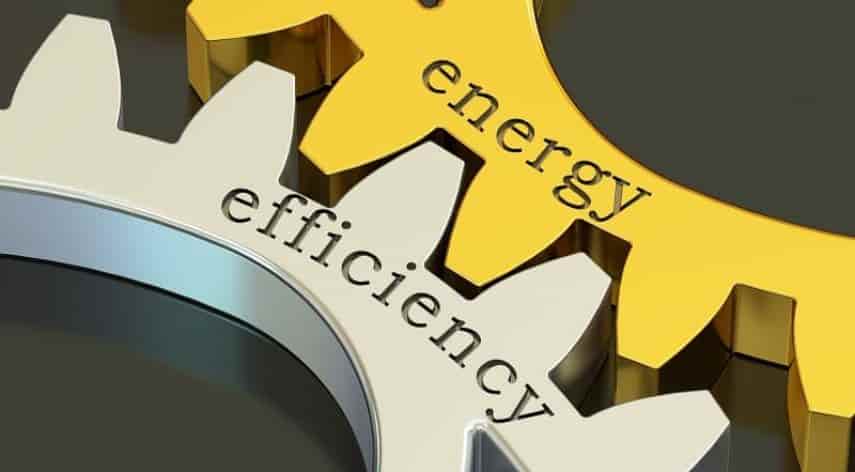The Commercial Benefits of Becoming Energy Star Certified

Every time your office building needs an upgrade or repair, you’re faced with a choice between traditional (and cheaper!) materials and energy-efficient models. Make enough energy-efficient upgrades and your building might qualify to be Energy Star certified, but does that pay off in the long run?
Nearly 40,000 commercial buildings sport the Energy Star mark, helping to reduce energy use and carbon dioxide emissions by an average of 35 percent over typical buildings.
While the efforts made to get certified cut your energy expenses, there are other ways you can financially benefit from pursuing certification. Let’s take a look at a few good reasons to own an energy-efficient building.
Table of Contents
ToggleTax Incentives
The most tangible benefit when you install energy-efficient ethernet or an energy-efficient heater is the eventual tax break you receive. Section 179D provides a large tax deduction for energy-efficient properties, including some residential. The break counts for upgrades and retrofits along with new construction.
This tax break has been around since 2005 as part of a policy to encourage the design and construction of more energy-efficient buildings. Deductions can be taken for upgrades made in three areas:
- Lighting
- Building envelope
- HVAC and hot water systems
Click here to learn more about this deduction and what qualifies.
Tenant Appeal
Buildings that have the Energy Star mark cost less to operate and use 35 percent less energy than others. The appeal to tenants is obvious and translates to up to 10 percent higher occupancy rates and rental premiums. Spending a little more on energy-efficient products eventually translates to increased cash flow.
You might also have a segment of the market open up to you as federal tenants are restricted by law to lease only in Energy Star certified buildings.
Market Value
Between tax breaks and better cash flow, it shouldn’t be a surprise that Energy Star certified buildings command higher prices when it’s time to sell. Add in the persistent energy savings, and it’s much easier to get a higher building valuation.
Taking the time and energy to pursue the mark also shows lenders a level of care that points to lower default risk. You can often secure better loan terms and lower interest rates than you would otherwise.
For a buyer, the label provides a hedge against needing to make a lot of repairs and updates shortly after the sale. Not only is your building up-to-date, it should meet energy mandates for years to come.
Get Energy Star Certified
Tax breaks, higher cash flow, and greater resale value combine to make an Energy Star certified building a worthwhile goal. If you already have a list of upgrades or repairs you need to make, it might be the right time to calculate the benefit. Putting in energy-efficient windows or energy-efficient appliances can help you reach the score needed for certification.
If you found this article helpful, check out others on our site related to commercial real estate and energy efficiency.
Alfred Williams, a distinguished business writer, navigates the corporate landscape with finesse. His articles offer invaluable insights into the dynamic world of business. Alfred's expertise shines, providing readers with a trustworthy guide through the complexities of modern commerce.
Recommended For You
Spread the loveThe name Broderick Bevineau makes you think of new ideas and starting your own business. Bevineau has made
Spread the loveThe popularity of Airbnb has paved the way for many entrepreneurs to build businesses in the short-term rental
Spread the loveCreating a well-designed and functional website starts long before coding begins. The prototyping phase is a critical step




